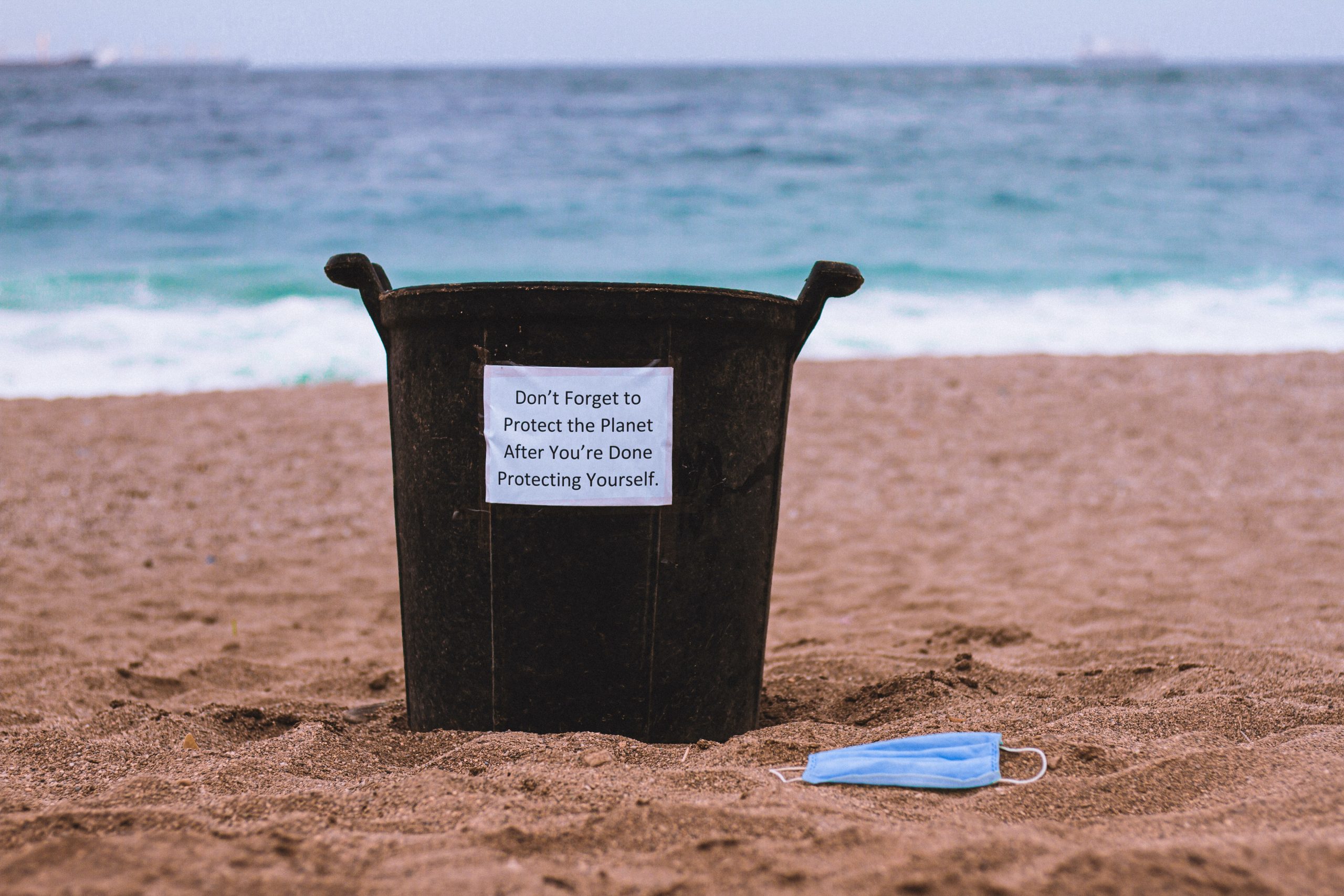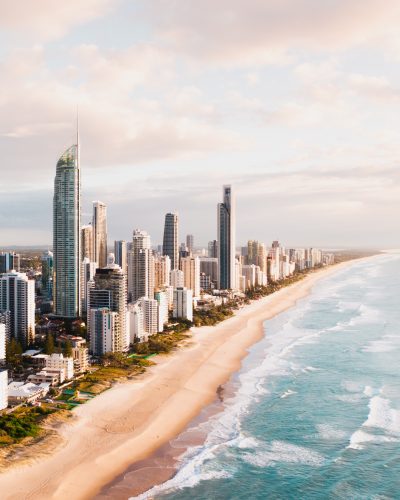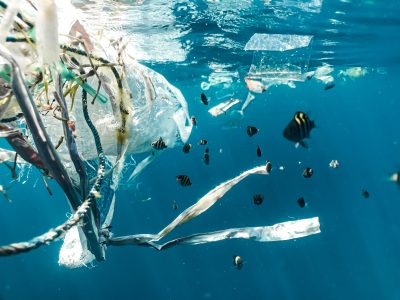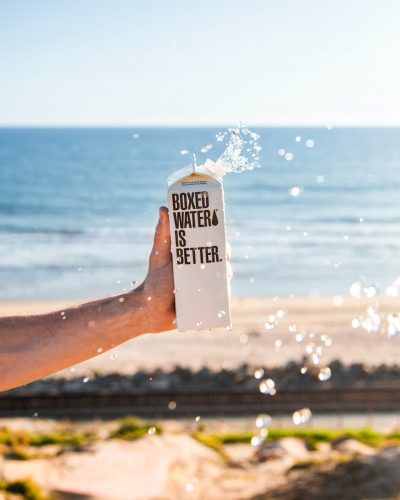
How much do you really know about our oceans?
Living in a small country town, around 3 hrs away from the beach, the ocean has never really been something that has been on my mind or something that impacts my day-to-day life. After moving to Brisbane after school and taking monthly trips to the beach, it got me thinking about the ocean and how much or how little ocean conservation is important to Australian society and even the world. Personally, I have never really been taught anything regarding the benefits the ocean provides other than general knowledge on ocean wildlife and ways in which society utilise the ocean for our benefit, including creating renewable energy (ARENA, 2021). There are many different aspects including impacts on and from society, impacts to marine life and what’s currently being implemented and initiated to help support ocean conservation. These will be discussed in further detail to help educate and support others with minimal knowledge on the ocean and what they can do to help for the future.

The Ocean Meets Australia
The ocean is an incredible part of our life and as it covers 70% of the Earth’s surface, life would be non-existent without it. The ocean absorbs a very large portion of the globes carbon dioxide and produces more than half of the world’s oxygen supply (NOAA, 2021). Not only does it produce oxygen, but the ocean is also utilised by a majority of society for a variety of reasons including recreation use, transportation, food, medicine, and economic benefits in worldwide economies (NOAA, 2021). In Australia alone, there are 4000 different species of fish, 1700 species of coral and around 80% of plants, reptiles, frigs and mammals found in our waters is unique to Australia and not found anywhere else (Gajdoczki, n.d.). Surrounded by the Pacific, the Indian and the Southern Ocean, these waters have had a major impact on Australia and it is clear that Australia and all other countries around the world have impacted the ocean. These impacts are predicted to continue unless sustainable measures and change are implemented into our processes.
Our Impact
So how have we contributed to the negative impacts on the oceans around the world? What unsustainable processes have societies put in place and to what level have they damaged the ocean? There are 4 major threats to our oceans which are growing year to year. These include overfishing, global warming, marine pollution, and bycatch (WWF, 2021). To bring these issues back to home waters, Australia’s beloved and world heritage listed, The Great Barrier Reef, is feeling these threats considerably. Farm pollution run-off has assisted in a mass outbreak of coral-eating starfish, from ocean acidification, contributing to the decline in coral species and global warming which is causing the reef to be more vulnerable and prone to coral bleaching (WWF, 2021). Coral bleaching is caused by the increase in water temperatures from global warming, which coral is unable to survive in, leading to bleaching and dying. Overfishing is also creating significant changes to The Great Barrier Reef, including endangering defenceless fauna (WWF, 2021). The Worldwide Fund for Nature Australia have found that overfishing, particularly commercial gill nets, are targeting dugongs and endangering not only them but other vulnerable wildlife as well. Marine wildlife gets stuck in these nets and unfortunately die before protective services can locate and save them (WWF, 2021). These 4 major threats are not only relevant to the ocean surrounding Australia but also all around the world, which is clear that everyone needs to come together to create sustainable solutions and alternatives to better the future of the oceans.

Marine pollution has been a worldwide focus in later years, with a drive to reduce plastic use and further clean-up of the pollution we have caused in local waterways and oceans. The International Union for Conservation of Nature (2018) found that every year at least 8 million tons of plastic end up in the ocean. Legal efforts and legislation have been implemented to tackle this issue; however, compliance is poor due to costs associated with sustainable practices and plastic alternatives. In recent times, COVID-19, has introduced a new pollution issue and danger for animals which is disposable masks. In 2020 alone, it has been reported that around 1.6 billion disposable masks went into the ocean and are said to take around 450years to biodegrade (Lu, 2021). This has caused major steps back in the efforts made to minimise ocean pollution and countries around the world will have to continue tackling this issue well after COVID-19 has gone.
Let’s Protect the Ocean
As protecting marine wildlife, the ocean flora and fauna and the general health of our oceans, protective measures are of high importance to countries and people around the world. Although this issue will not be resolved overnight, there are some amazing initiatives that have been created to help minimise the impacts and protect the future of the oceans. Recently, Queensland Australia, has made major strides towards minimising plastic use, which is a step in the right direction to reducing ocean plastic pollution. They have banned the use and supply of single-use plastics including bowls, cutlery, straws, cups, and other single-use plastics. This has therefore forced all supermarkets, restaurants and all other businesses and people to turn to more sustainable alternatives, for example wooden cutlery when providing a single-use option (Queensland Government, 2021).

Another initiative which has had a massive impact to the environment is The Ocean Clean-Up. Starting as a brief idea by a 16yr old boy, the Ocean clean-up has become one of the largest clean-ups in history. Boyan Slat, a dutch entrepreneur, came up with an idea to create and build something that would rid the oceans of plastic pollution and later founded the company in 2013. This stemmed from the ever-growing environmental crisis named “The Great Pacific Garbage Patch” (The Ocean Cleanup, 2021). The goal of this company is to remove 90% of floating ocean plastic and they are well on their way to achieving this goal. This is one of the many amazing things that have been created all around the world to tackle this issue, so now time to reflect. What can you do to help our oceans? We all need to do our part, small or big, to protect our oceans and build a sustainable world to support a healthy ocean for the future and generations to come.
REFERENCES
ARENA. (2021). Ocean Energy. Australian Government. Retrieved from https://arena.gov.au/renewable-energy/ocean/
Gajdoczki, N. (n.d.). The Absolutely Amazing Marine Life of Australia. PADI. Retrieved from https://blog.padi.com/the-absolutely-amazing-marine-life-of-australia/
IUCN. (2018). Marine plastics. Retrieved from https://www.iucn.org/resources/issues-briefs/marine-plastics#:~:text=variety%20of%20applications.-,At%20least%208%20million%20tons%20of%20 plastic%20end%20up%20in,causes%20severe%20injuries%20and%20deaths
Lu, M. (2021). 1.6 Billion Disposable Masks Entered Our Oceans in 2020. Visual Capitalists. Retrieved from https://www.visualcapitalist.com/1-6-billion-disposable-masks-entered-our-oceans-in-2020/
NOAA. (2021). Why should we care about the ocean?. National Ocean Service. Retrieved from https://oceanservice.noaa.gov/facts/why-care-about-ocean.html
Queensland Government. (2021). Single-use plastic items ban, About the ban. Retrieved from https://www.qld.gov.au/environment/pollution/management/waste/recovery/reduction/plastic-pollution/single-use-plastic-products-ban/about
The Ocean Cleanup. (2021). Milestones. Retrieved from https://theoceancleanup.com/milestones/
WWF Australia. (2021). Protect Our Oceans. Retrieved from https://www.wwf.org.au/what-we-do/oceans/protect-our-oceans#gs.dq4alj
